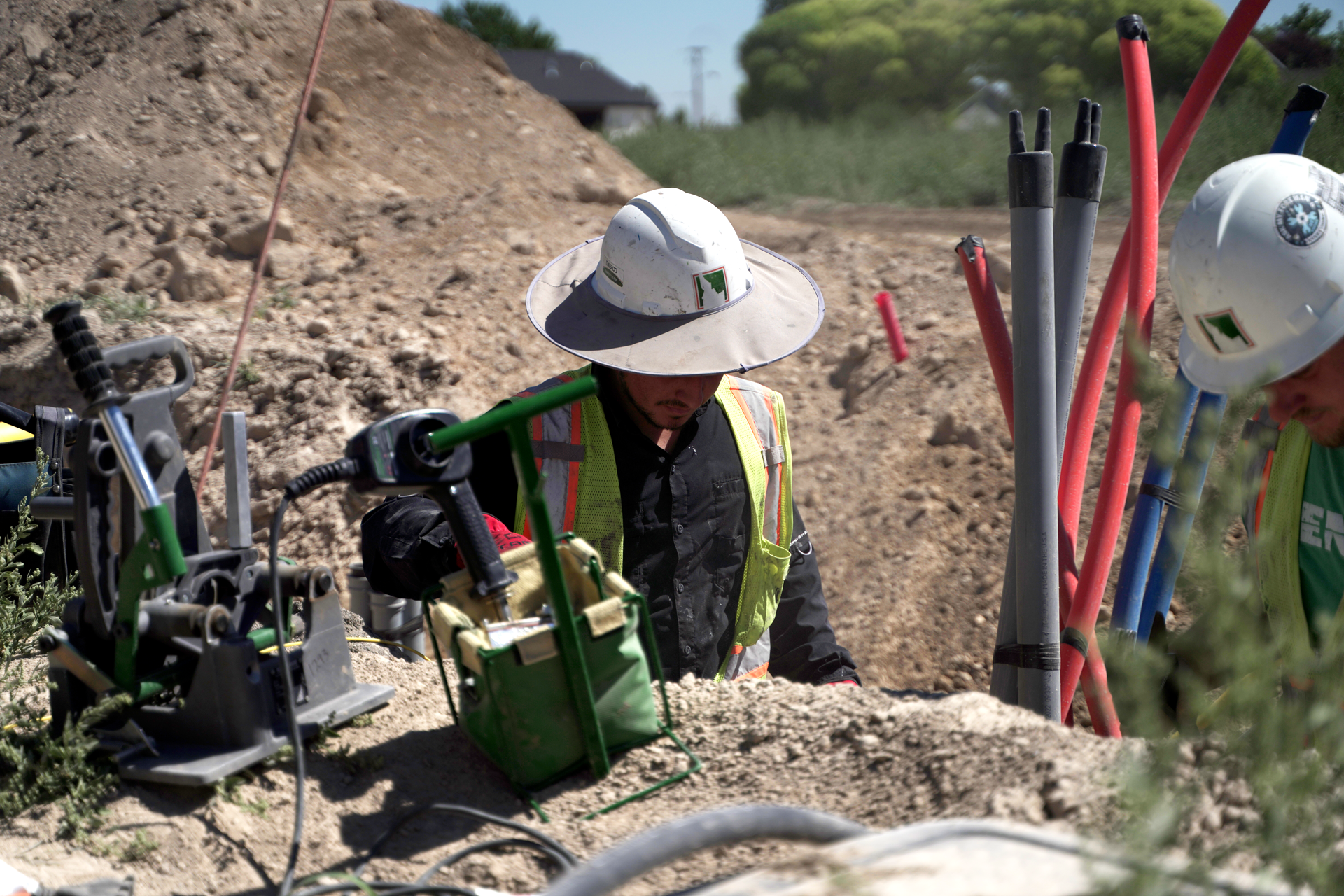Utility projects transcend mere infrastructure; they serve as catalysts for holistic community development. Exploring their multifaceted impact reveals a tapestry of change that shapes a promising future:
1. Enhancing Quality of Life: Anchoring Well-Being
To begin with, utility projects, encompassing water systems and power grids, directly elevate residents’ quality of life. Reliable access to essentials like clean water and electricity fosters healthier living standards, improved education, and heightened productivity, anchoring community well-being.
2. Boosting Economic Prosperity: Fueling Local Growth
Moreover, investments in utility projects spark economic vitality within communities. By generating employment and stimulating local industries, these initiatives attract businesses and bolster property values, fueling a robust economic ecosystem.
3. Fostering Community Empowerment: Connectivity and Unity
Additionally, utility projects empower communities by fostering growth and interconnectedness. Accessible utilities not only attract newcomers but also support local businesses, nurturing educational and healthcare institutions while fostering a unified community fabric.
4. Prioritizing Sustainability: Green Pathways
Furthermore, embracing sustainability, utility projects prioritize community health and environmental well-being. Integrating eco-friendly technologies and renewable energy sources paves the way for a greener, financially healthier community.
5. Strengthening Safety and Resilience: Foundations for Stability
In addition, well-executed utility projects fortify community safety and resilience. During crises, resilient infrastructure ensures uninterrupted services, minimizing disruptions and showcasing the importance of robust utilities in stabilizing communities.
6. Engaging Community Partnerships: Collaborative Ownership
Moreover, engaging communities in utility projects fosters collaboration and ownership. Through planning involvement, consultations, and educational initiatives, residents shape projects aligned with their needs, fostering trust and belonging.
7. Establishing Long-Term Growth: Sustainable Foundations
Finally, strategic planning in utility projects lays resilient foundations for sustained community growth. Anticipating future needs, adaptable infrastructure supports evolving community demands, ensuring enduring development.
In conclusion, utility projects transcend physical structures; they weave threads of progress and empowerment, sculpting resilient, interconnected communities poised for a brighter future.

